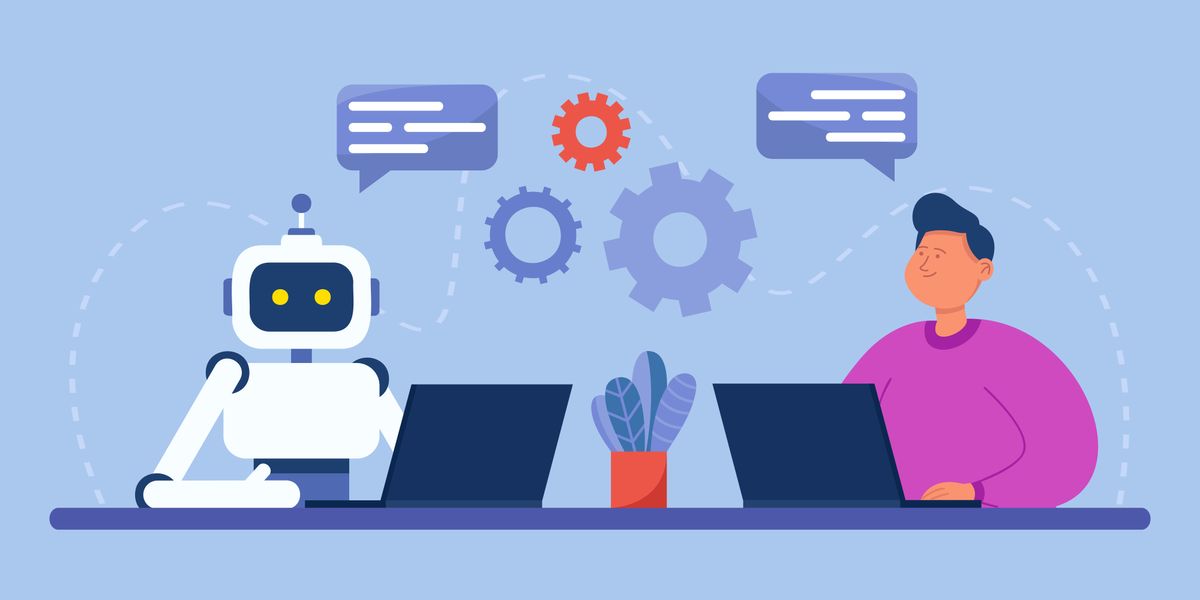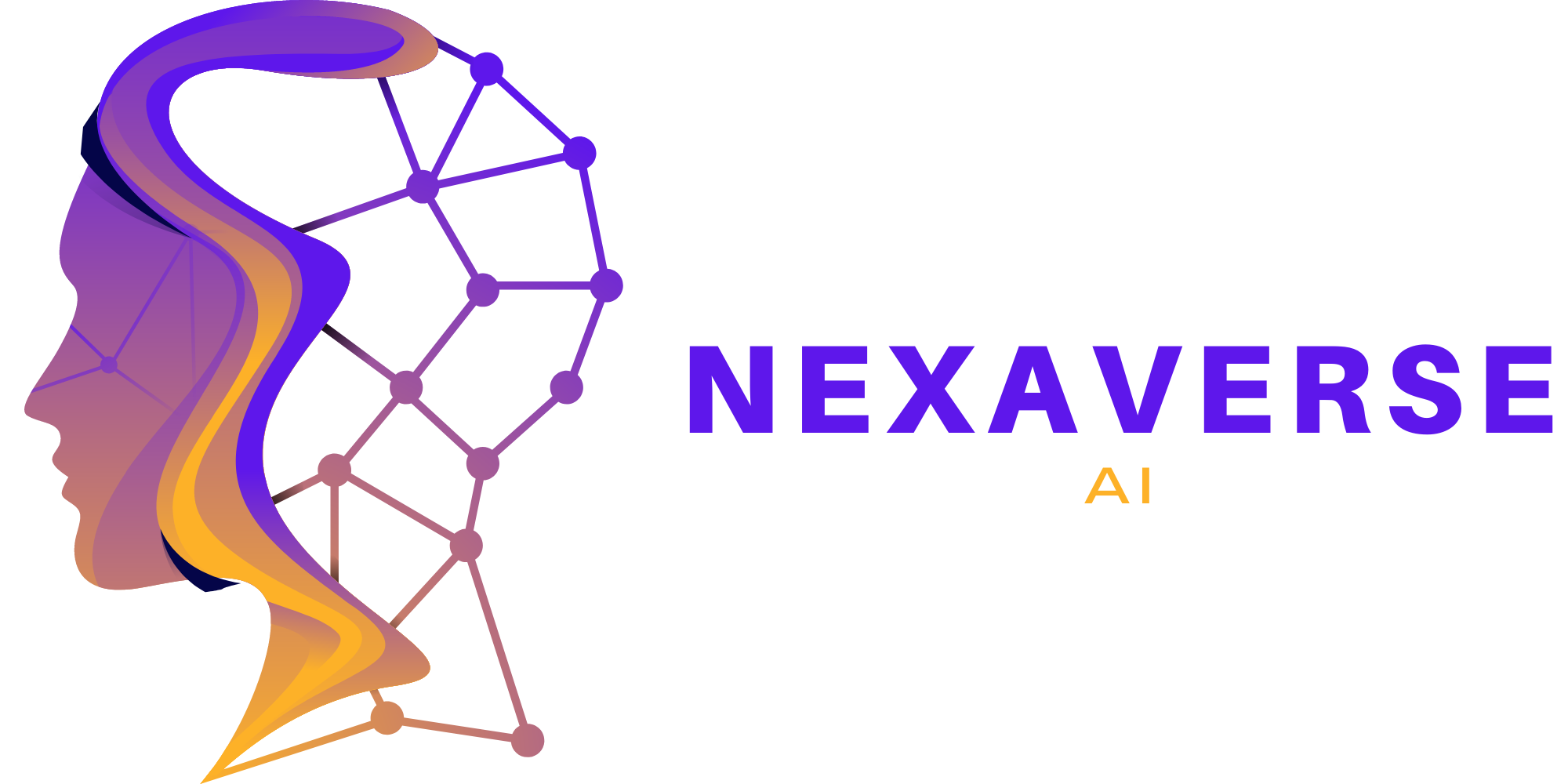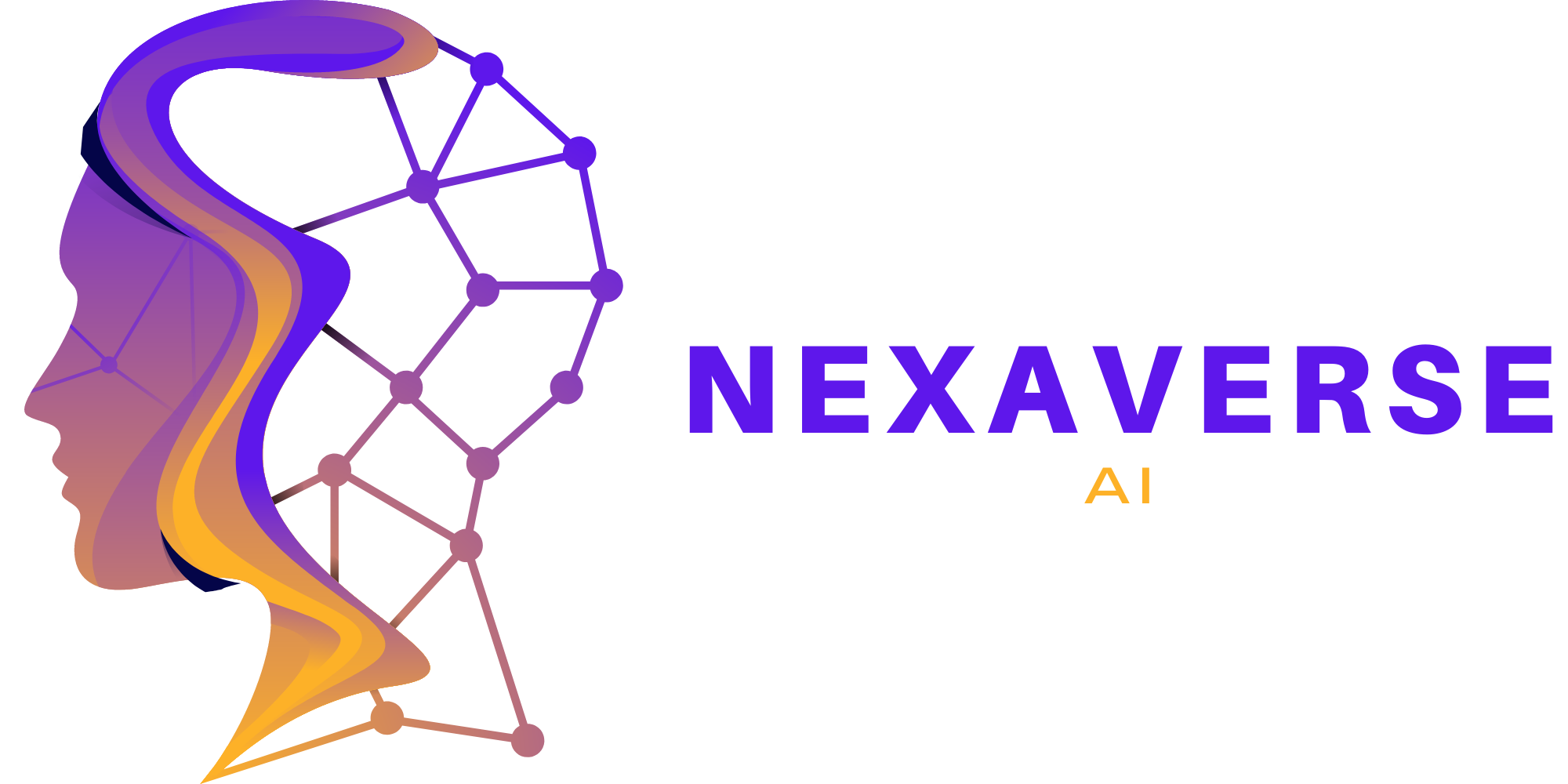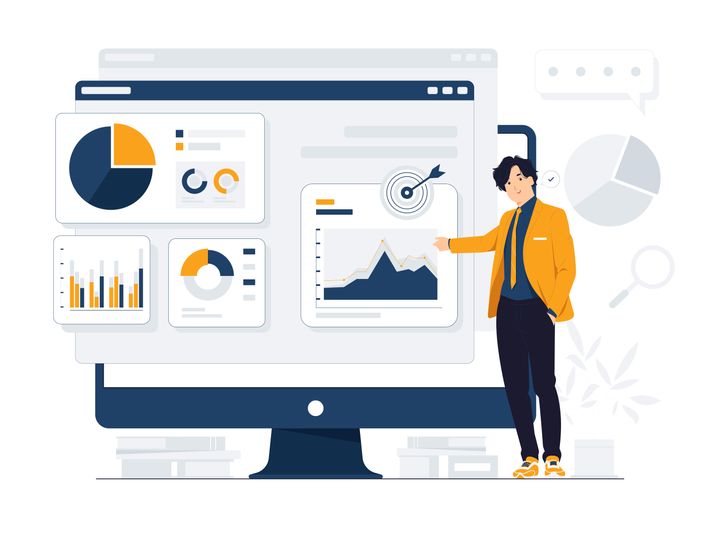Transform Customer Support with Chatbots: A Comprehensive How-To Guide
Ready to level up your customer service? Our step-by-step guide shows you how to build a chatbot that delights customers 24/7. From choosing the right platform to implementing AI, discover how a chatbot can cut costs and boost satisfaction. Your roadmap to next-gen customer support starts here

In the modern age where everything is moving at warp speed, excellent customer support is no longer a luxury; it's a necessity. One game-changing tool that can elevate your customer support is a chatbot. But how do you go about creating one? Let us guide you through the step-by-step process of building an efficient customer support chatbot to improve customer satisfaction, save time, and cut costs.
What Are Chatbots and Why Do You Need One?
Before you start building your own chatbot, let's get some basics out of the way. A chatbot is essentially a program powered by Artificial Intelligence (AI) that can simulate human conversations. They can be as basic as a rule-based chatbot that replies with predefined answers or as advanced as an AI-driven bot that uses Natural Language Processing (NLP) to understand and respond to users in a much more sophisticated way.
Key Benefits
- Immediate and 24/7 assistance: No need for customers to wait in long queues!
- Handling repetitive tasks: Free up human resources for more complex issues.
- Consistency: Every user gets accurate and consistent information.
- Simultaneous service: Multi-tasking at its finest, serving more than one customer at a time.
Setting the Stage: Objectives and Scope
Before diving into the world of chatbot development, clarity is key. Understand what you aim to achieve with your chatbot. Will it be responsible for answering FAQs, processing orders, or maybe offering personalized product recommendations?
Questions to Ask:
- What is the primary function of the chatbot?
- Will it only give out information, or will it also perform tasks?
- What is the scope of tasks it will handle?
These considerations will help shape your chatbot to be more focused and effective.
Picking the Right Platform and Tools
The next step is to decide which platform and tools to use. The options are plentiful, each with its own set of features and limitations. Some notable mentions include Dialogflow, IBM Watson Assistant, and Microsoft Bot Framework. Choose the one that aligns with your objectives, ease of use, scalability, and budget.
Crafting the Conversational Flow
The heart of a great chatbot lies in its conversational flow. This is how you guide your users through a maze of information in the simplest and most intuitive way possible.
- Start Simple: Open with a friendly greeting to set the tone.
- Logical Flow: Break down the dialogue into logical steps.
- Error Handling: Provide clear instructions to prevent confusion.
Remember, the goal is to make the interaction as effortless and enjoyable as possible for the user.
Implementing Natural Language Processing (NLP)
To make your chatbot more intelligent and user-friendly, NLP is indispensable. This technology enables your bot to understand the context and sentiment behind user queries. Use the platform you've chosen to integrate NLP and train your chatbot with a diverse set of queries for better understanding and performance.
Test, Refine, Repeat
Last but definitely not least, test your chatbot rigorously. This will help you ensure that it meets all functional expectations and offers a smooth user experience. Collect feedback from real users during this phase to understand what works and what needs a bit of tweaking.
FAQs (Frequently Asked Questions)
What is a chatbot?
A chatbot is a program that can simulate human-like conversations, either based on pre-set rules or through more advanced AI algorithms.
Why do I need a chatbot for customer support?
Chatbots can offer 24/7 assistance, handle repetitive tasks, provide consistent responses, and can serve multiple users at the same time.
What platforms can I use to build a chatbot?
Popular platforms include Dialogflow, IBM Watson Assistant, and Microsoft Bot Framework.
What is Natural Language Processing (NLP)?
NLP enables chatbots to understand and respond to user queries in a more human-like manner.
How do I test my chatbot?
Start by testing individual components like greetings, responses, and error handling. Collect user feedback to make necessary adjustments.
In summary, integrating a chatbot into your customer support can be a game-changer for your business. By following this comprehensive guide, you're well on your way to embracing the future of customer service with automation and AI. Happy building!



